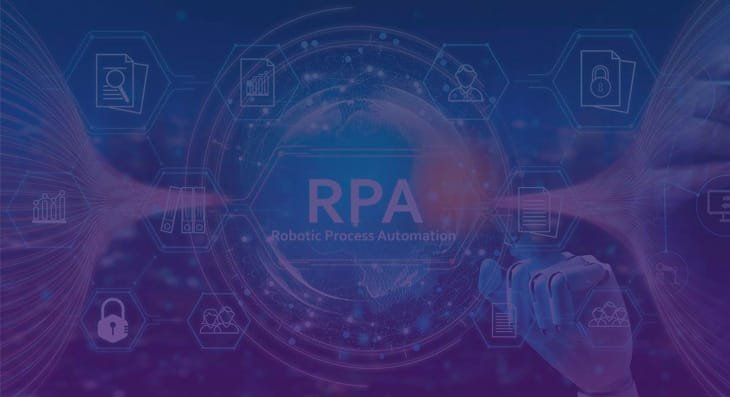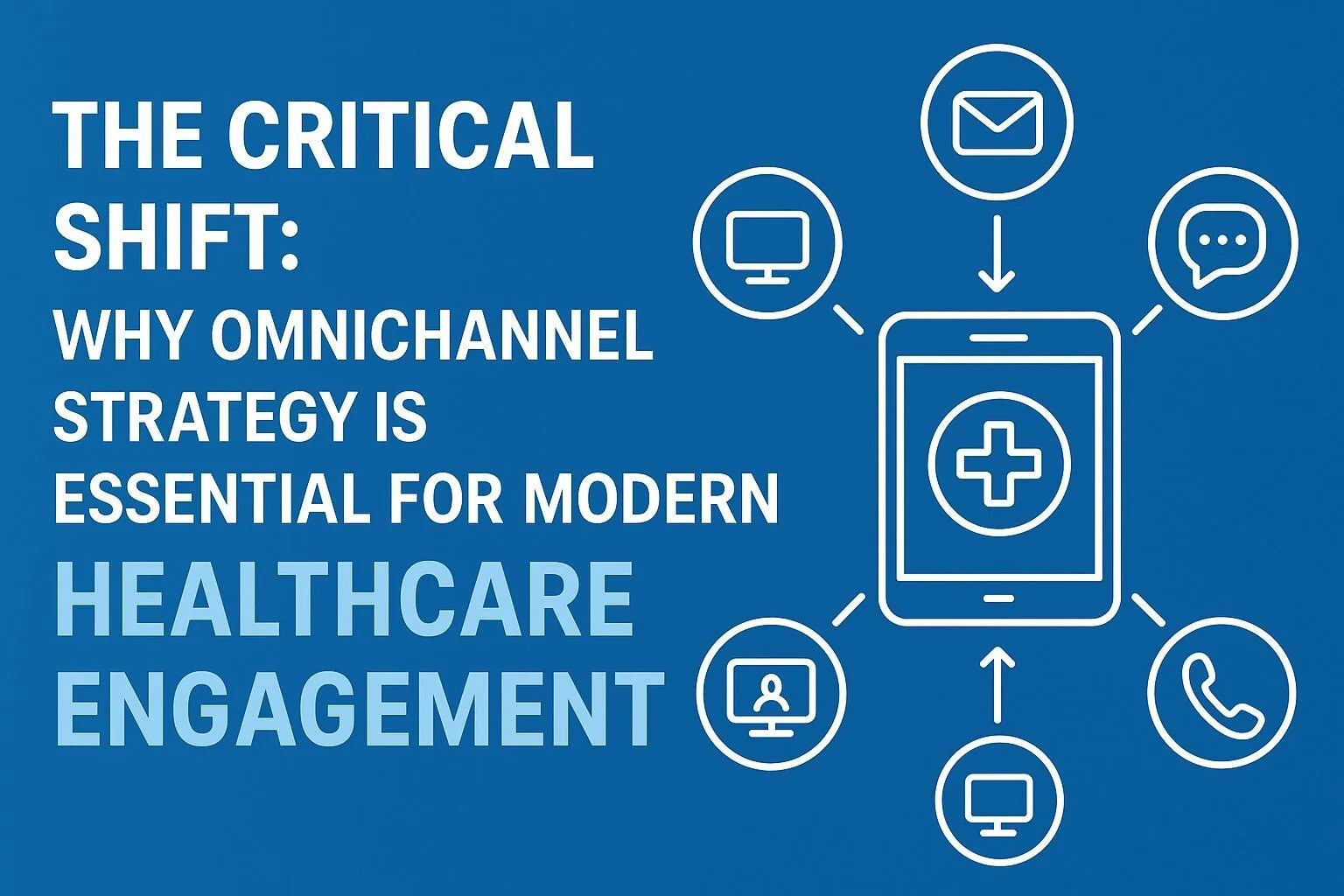At present, organizations of all sizes and verticals continue to work with legacy, on-premises enterprise resource planning (ERP) systems. Enterprises deploy legacy ERPs in their digital infrastructure to effectively manage a range of core business workflows related to supply chain, finance, manufacturing, customer support, human resources, etc. These legacy systems are programmed with custom business logic and conditions, ensuring workflows fulfill the organization’s unique operational requirements.
However, the monolithic architecture of legacy ERP systems makes it difficult for businesses to scale workflow processing and handle higher workloads. Moreover, monolithic legacy ERPs lack automation capabilities, further hindering complex workflow management. In this regard, businesses should consider building workflow automation bots using Robotic Process Automation (RPA) platforms and integrating them with functional ERPs. This approach helps enterprises streamline key workflows and achieve higher operational efficiency.
Importance of Integrating Custom Workflow Automation Bots with ERP
The lack of automation functionalities and rigid architecture of ERP systems necessitate extensive manual involvement during workflow management. For instance, legacy ERPs require employees to input/duplicate data across modules manually, transfer tasks between departments, and create and share approvals, leading to delays in workflow execution. Manual intervention in data entry and approval creation tasks increases the possibility of errors and impacts employee productivity.
To overcome such consequences, designing and integrating custom workflow automation bots with ERP systems is essential. However, for ERP administrators and business users, creating and incorporating such bots using RPA platforms can be complex and time-intensive. Besides, bot design and integration necessitate in-depth experience across RPA and ERP ecosystems. That’s why organizations should consider delegating the responsibility of bot development and integration to a reputable Robotic Process Automation solutions provider. Skilled bot developers meticulously analyze the complexity and scope of ERP workflows and build bots with greater compatibility.
Some of the key steps followed by RPA developers during custom ERP workflow automation bot development include:
- Workflow Mapping and Analysis – Dedicated RPA developers prioritize the mapping and analysis of ERP workflows before stepping into the actual design process. This step enables them to discover repetitive workflows and rule-based processes optimal for automation. Through analysis, developers can understand the critical dependencies and touchpoints crucial for ERP functioning. In simpler terms, extensive mapping and dependency analysis allow RPA developers to build scalable workflow automation bots that easily handle various workload scenarios within ERP systems.
- Bot Design and Creation – RPA developers use cloud-based platforms like UiPath, Automation Anywhere, or Blue Prism for designing scalable and feature-rich ERP workflow automation bots. These cloud-powered RPA platforms offer developers pre-built interfaces for bot creation. Besides, ERP automation bots built using cloud-based RPA platforms can be easily secured with security access and data encryption controls, guaranteeing greater protection for ERP data.
- End-to-End Testing – RPA developers perform end-to-end testing on newly built bots and simulate them in real-time scenarios. This testing ensures that the bots align with business objectives and execute ERP workflows with optimal accuracy and speed.
- Bot Integration and Synchronization – To integrate newly built and tested bots with legacy ERPs, RPA developers create custom APIs and connectors using orchestration tools. The APIs/connectors are programmed to synchronize data between bots and various ERP modules, ensuring robust data accuracy and consistency.
3 Key Use Cases of ERP Workflow Automation Bot Development
1. Invoice Generation
One of the key workflows that organizations largely manage using legacy ERPs is invoice processing and generation. Invoice management teams manually copy data from customer/client purchase orders and receipts and input it in the ERP’s static invoice templates. This manual invoice preparation approach increases the risk of data entry errors or misplaced values. To eliminate such errors, developers from a recognized Robotic Process Automation company design and integrate an automated invoice generation bot into the ERP systems.
RPA developers configure and embed optical character recognition (OCR) models in the automated invoice generation bots. OCR models programmed by RPA experts enable the invoice generation bots to autonomously extract data from receipts/purchase orders and transfer them to the static invoice template in ERPs. Invoices generated by the OCR-powered automation bots effectively comply with format requirements and populate all relevant fields, minimizing the need for manual intervention. Moreover, RPA developers encode routing conditions within the invoice generation bots to transfer the prepared invoices in ERP to the customer/client’s email address, guaranteeing faster invoice delivery.
2. Employee Onboarding Agreement Management
Several HR teams use legacy ERP systems for employee onboarding agreement management. The lack of automation capabilities in legacy ERP systems necessitates HR professionals to draft, share, and verify onboarding agreements manually. This approach impacts the onboarding cycle efficiency. On the other hand, RPA developers create a dedicated automation bot for onboarding agreement management and integrate it within the functional ERP systems.
RPA developers design the automated agreement management bot by embedding document generation libraries, email and e-signature APIs, and compliance check engines. RPA experts program the document generation libraries to capture new employee details from the ERP system’s human resources module and insert them within the static onboarding agreement template. Consequently, the email API routes the newly prepared agreement to the candidate’s mailing address for e-signature and acknowledgment.
After the acknowledgment, the bot performs a compliance check on the onboarding agreement based on pre-defined rules and conditions and generates reports on the onboarding compliance status. This sequential and automated agreement management cycle minimizes onboarding discrepancies while seamlessly integrating new hires.
3. Inventory Reconciliation
Supply chain teams in the manufacturing sector largely use legacy inventory management ERPs for reconciliation workflows. Inventory reconciliation using legacy ERPs necessitates supply chain professionals manually comparing physical product inventory levels with recorded inventory values in the ERP system. This is crucial for discovering discrepancies in inventory management and maintaining product inventory integrity. However, manual product inventory comparison and discrepancy detection are proven to be inefficient for manufacturers, as they require supply chain professionals to spend more time and deviate from other core operations.
As an alternative, RPA developers design and integrate an exclusive automation bot with inventory management ERP to streamline the reconciliation workflow. RPA programmers configure the inventory reconciliation bot to interact with field IoT and RFID devices and consistently extract physical product quantity data in real-time. Consequently, the bot compares the physical product quantity data with inventory records in ERP to detect mismatches. When discrepancies are identified, the bot generates instant alerts within the inventory management ERP, enabling supply chain administrators to address issues on time. This level of automation is crucial for minimizing the risk of product stockouts, overstocking, or understocking.
Closing Thoughts
On the whole, the expertise of skilled RPA developers is crucial for building automation bots that automate crucial workflows managed by legacy ERP systems. Dedicated RPA developers are technically proficient in creating and integrating custom workflow automation bots in ERPs without disruptions. By incorporating tailored automation solutions in ERP systems, RPA experts help businesses obtain a competitive edge. Moreover, experts from a trustworthy Robotic Process Automation services provider offer long-term support and maintenance for automation bots even after integration with ERP. They effectively troubleshoot performance issues, deploy updates, and ensure bots remain functional and aligned with business objectives.






Leave a Reply